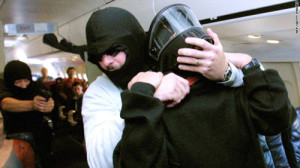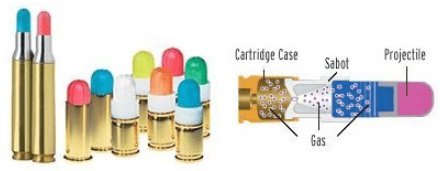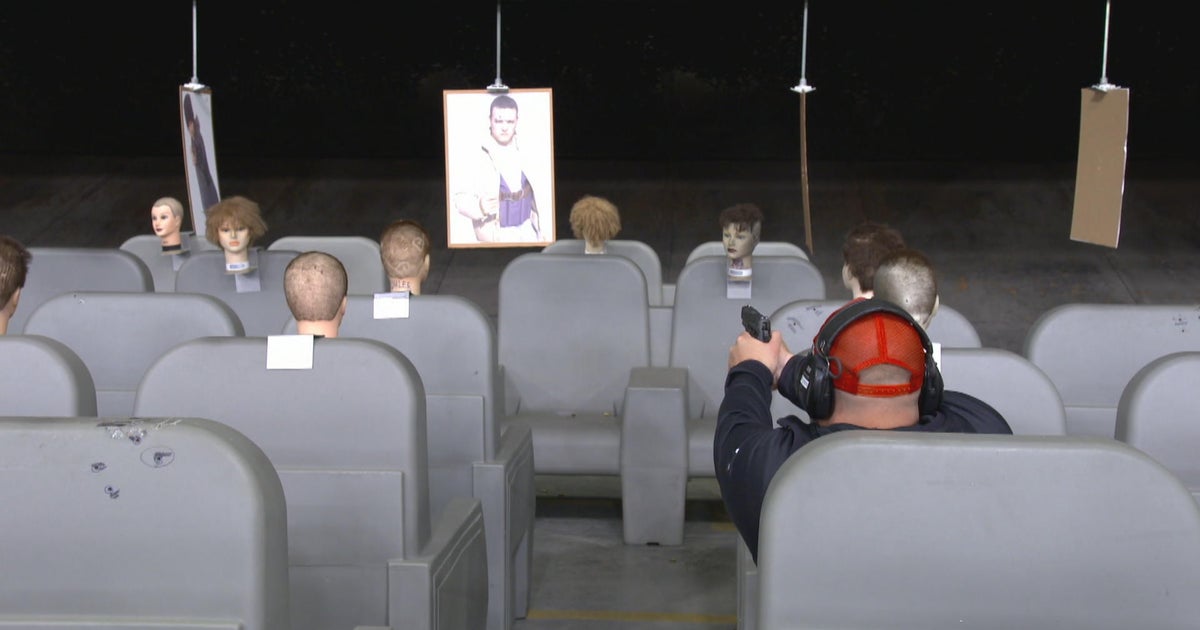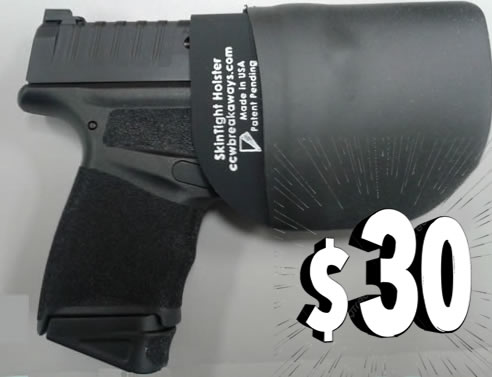
Federal Air Marshal Handgun Training and Tactics

In the previous article on Federal Air Marshal Handgun Training, we see what it takes to progress through the course of fire for the handgun training. Air marshal shooting skills must be at outstanding level and is required to be operational. Here we entail more into their handgun training and operation tactics, most of their missions are generated based on intelligences and location, there are other skills that helps an Air Marshal perform their duty safely.
In addition to attending the basic course for federal agents at the Federal Law Enforcement Training Center, Federal Air Marshals receive specialized training designed specifically for the situations in which they may have to employ their weapons.
One of the first thing air marshals learn is where not to shoot. The old myth that depressurization by bullet hole is the greatest danger. Normally, this is not the case. The pumps/compressors that keep a cabin pressurized can normally deal with a couple of small bullet holes.
A far greater danger is hitting hydraulic lines or electrical wiring. Which is the reason why, trainees learn where critical systems are located, so a shot may be placed without hitting them. Of course, the most important system to avoid shooting is the pilot or co-pilot. As a result, shot angles and ammunition type must be considered. (Glaser rounds)
In the past using stretch ribbons through the interior of the aircraft in which to simulate the location of electrical and hydraulic lines. For scenario-training wax bulleted primer-powered loads were used. To protect the eyes agents wear goggles, but those wax bullets still hit hard enough to leave a painful welt. Trainees certainly remember if they were hit, this system allows them to train in a real aircraft.
 Today’s U.S. air marshals also train in aircraft cabins, but use Simunitions ammo in weapons just like their issue handguns, but specially set up for this dye-marking round. By allowing force on force dueling, Simunitions grant great realism in creating situations an air marshal might face in the air.
Today’s U.S. air marshals also train in aircraft cabins, but use Simunitions ammo in weapons just like their issue handguns, but specially set up for this dye-marking round. By allowing force on force dueling, Simunitions grant great realism in creating situations an air marshal might face in the air.
Strong marksmanship skills is paramount. The ability to shoot at relatively long range, for example, could be critical should a shot have to be taken down the length of the cabin. Air marshals practice moving down the aisle while maintaining their shooting base so that they can close the distance to a potential threat, but a shot may still be necessary at 25 yards or more.

Tactics Used While Seated
Aircraft seats create problems, it’s difficult to pull yourself out of one. Under the stress of a hijacking, this can be even more difficult. Air marshal must train to take a shot while seated. He/she must also train to take a shot as he levers himself up out of the seat. One tactic is to choose a seat on the aisle and on the left side of the aircraft looking forward if you were right-handed (on the right side if left-handed). This allows you to take a lean-out shot while seated. Much attention and rehearsing of drawing the handgun discreetly from the seated position is just as important as shooting, drawing the handgun undetected is emphasized.
A lone air marshals must be able to engage multiple hijackers quickly. Reportedly, in training, U.S. air marshals must demonstrate the ability to engage three opponents quickly. Since a hijacker might well have grabbed a flight attendant or passenger as a shield, the air marshal must also be capable of making a head shot. Normally, a center-mass shot is preferable as the bullet will more likely stay within the chest cavity. Special ammunition (Glaser round) will, however, minimize the danger of over-penetration.
Monitoring Passengers
Monitoring of passengers prior to boarding and while in flight is another factor in identifying any problems. This skill is an art in not only observation of body language, but also being able to social engineer. In other words being able to socialize with passengers in your surroundings is vital in gaining intelligence. Air marshal emphasizes “we’re not stereotyping, but monitoring behavioral”. Recognizing behavioral that affects public safety is the priority.
Defensive Tactics
Training in non-deadly force is just as important as using a firearm all dictated by the “Force Continuum”. There is a time when the objective is not defending the flight cabin but on subduing an agitated aggressor. Air Marshals receive optimum hours of training on physical controlling a subject utilizing physical apprehension techniques. Defensive tactics includes one man, two man tactics to physically control an individual, also includes:
- Disable an attacker from a seated position
- How to fight from the ground position in an aisle
- How to use different onboards items to subdue and restrain an attacker
- Using seatbelts to restrain an attacker
These are the many skills required to perform air marshal duties. The other side to this profession is the law enforcement side which addresses the logistics and investigative functions.
Source:FAM


